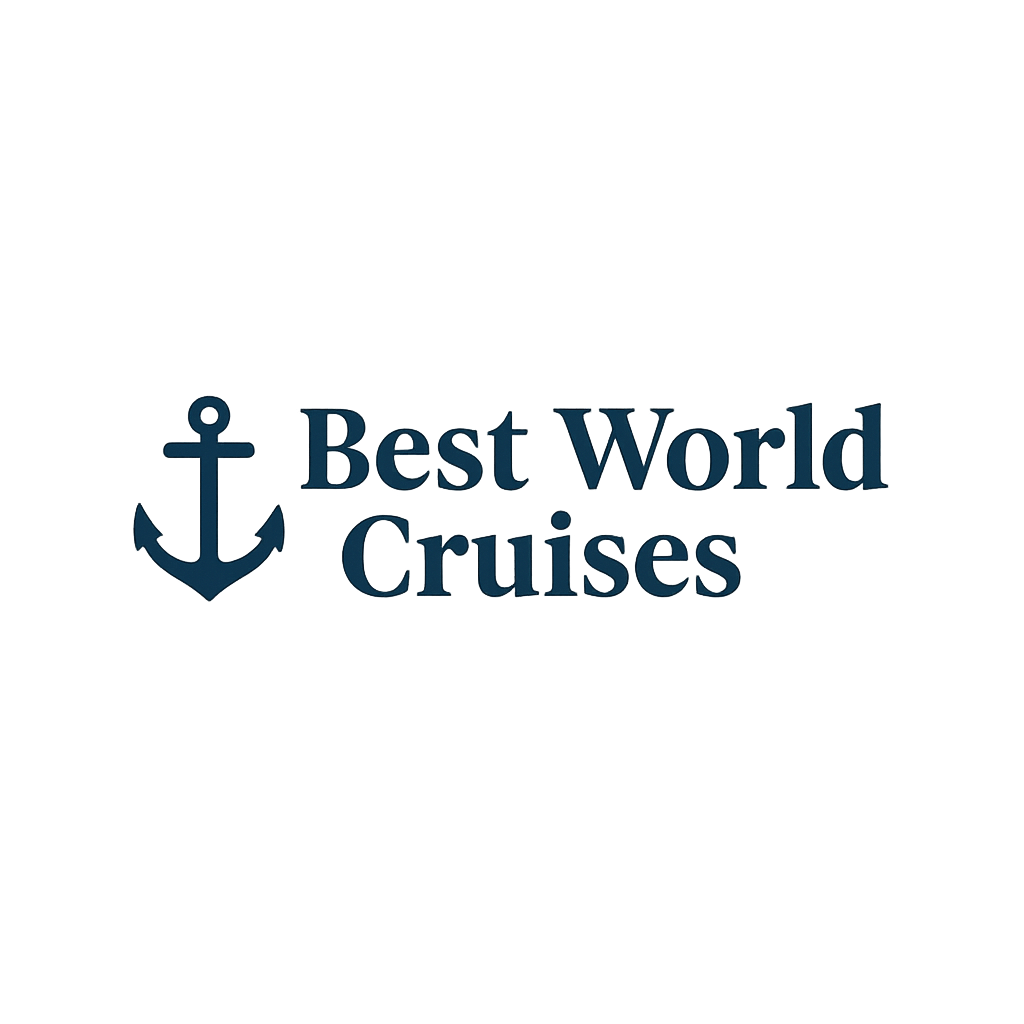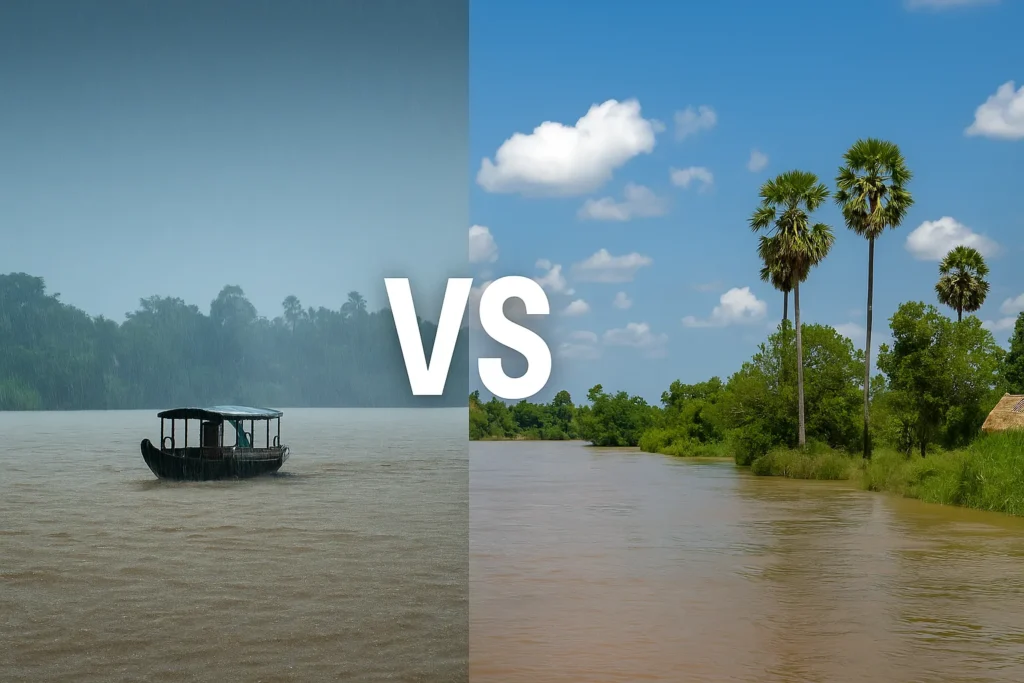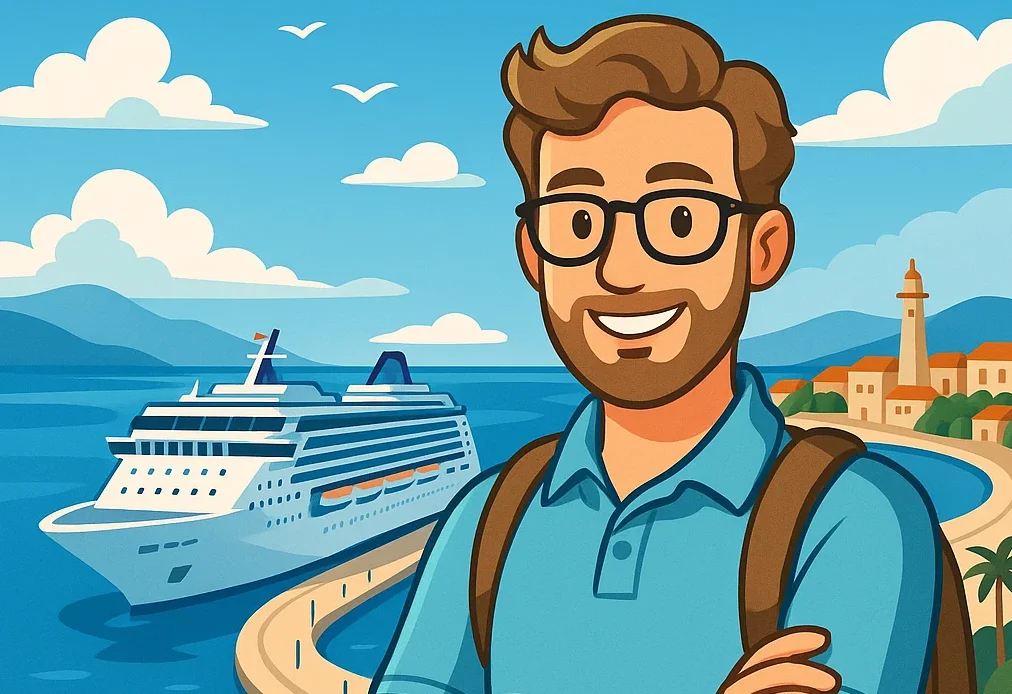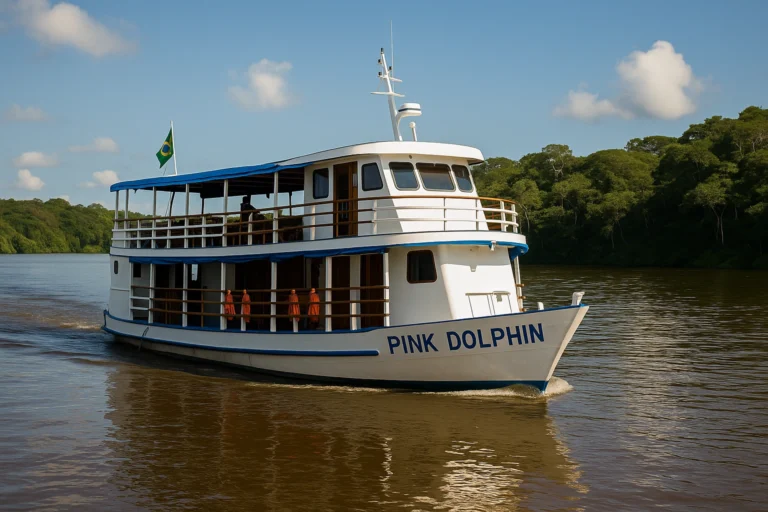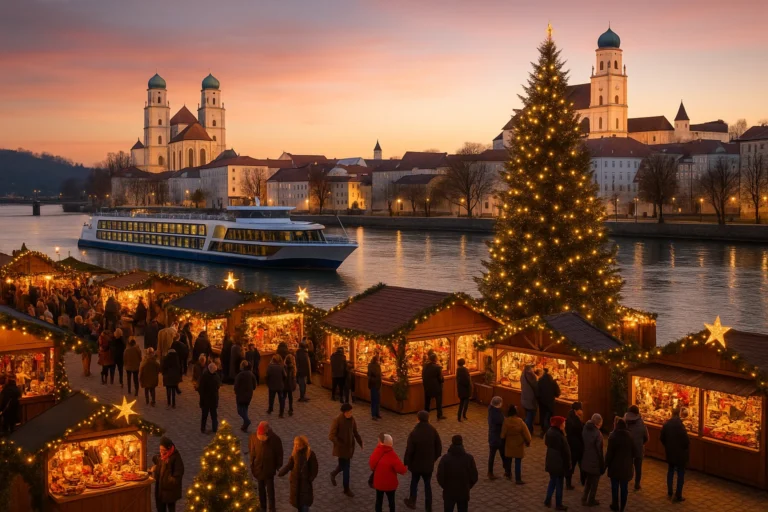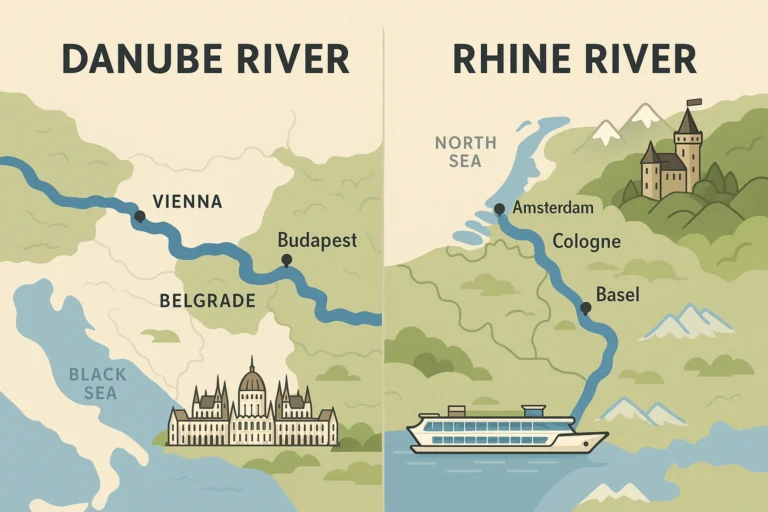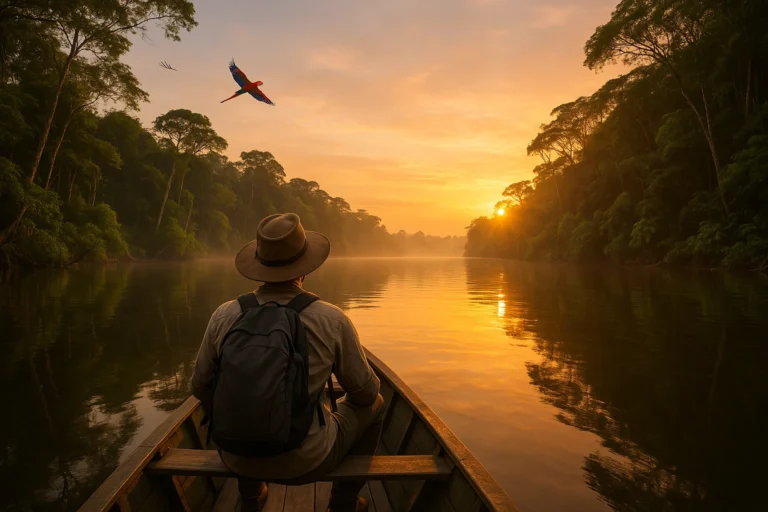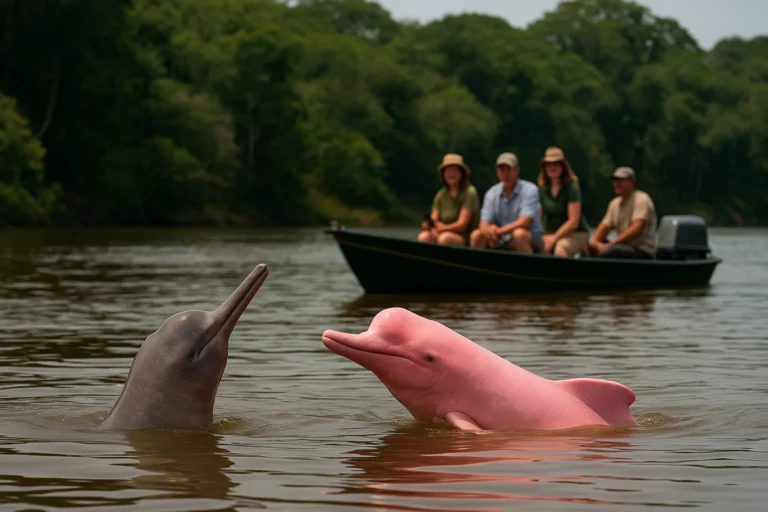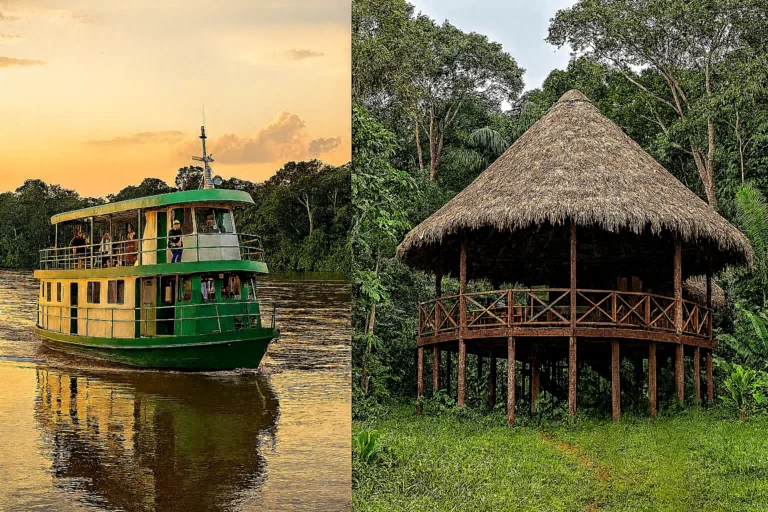Best Time to Cruise the Mekong: Wet vs. Dry Season
📅 Best Time to Cruise the Mekong: Wet vs. Dry Season
📌 Planning a Mekong River cruise? The timing of your journey can profoundly shape your entire experience. The majestic Mekong River, flowing through the heart of Southeast Asia, connects diverse countries like Cambodia, Vietnam, Laos, and Thailand. Its seasonal patterns define what you’ll see, how easily you’ll travel, and how comfortable your trip will be. This comprehensive guide compares the two main seasons—the dry season and the wet season—to help you decide the absolute best time to embark on your unforgettable river adventure.
🌤️ Dry Season (November – April)
The dry season, spanning from November to April, is widely considered the most popular and often the best time to cruise the Mekong River for many travelers. During these months, the region experiences more moderate temperatures, significantly lower humidity, and minimal rainfall. The skies are typically clear and sunny, creating ideal conditions for sightseeing, photography, and enjoying outdoor activities.
✅ Why You’ll Love Cruising in the Dry Season
The consistent sunny weather means shore excursions to iconic sites like Angkor Wat in Cambodia, or exploring the charming towns and lush riverbanks near Luang Prabang in Laos, are far more enjoyable. Ships can follow their full itineraries without delays caused by high or low water levels, ensuring you experience every planned stop. Walking tours through bustling markets, ancient temples, and serene river villages are more comfortable under pleasant skies, making it an excellent time for in-depth cultural exploration.
📈 Advantages of the Dry Season
- ✔ **Comfortable Weather:** Enjoy clear skies, lower humidity, and pleasant temperatures, perfect for exploring.
- ✔ **Optimal Views:** Excellent visibility for photography and experiencing the stunning landscapes and landmarks.
- ✔ **Full Itinerary Access:** Ships typically have full access to all planned routes and ports without water level restrictions.
- ✔ **Reliable Travel:** Less chance of unexpected itinerary changes or trip delays due to weather.
⚠️ Potential Drawbacks of the Dry Season
- ❌ **Higher Crowds:** Popular routes and landmarks will see a higher influx of tourists, especially from December to February.
- ❌ **Peak Season Pricing:** Cruise fares, flights, and accommodation rates tend to be significantly higher during these peak travel months.
- ❌ **Tonle Sap Water Levels:** By the end of the dry season (March-April), water levels in Tonle Sap Lake in Cambodia can be very low, potentially limiting direct boat access to floating villages, requiring transfers to smaller boats or buses.
🌧️ Wet Season (May – October)
The wet season, from May through October, offers a completely different, yet equally enchanting, charm. This period is characterized by the monsoon rains, which transform the region into a lush, vibrant green landscape. While it’s the “rainy season,” it’s not a continuous downpour; rain typically falls in short, heavy bursts, often in the late afternoon, followed by refreshing sunshine.
✅ Why It’s Still a Great Time to Cruise in the Wet Season
The increased rainfall leads to higher water levels in the Mekong River and its tributaries, making certain unique areas like the expansive Tonle Sap Lake and remote floating villages more accessible by boat. This offers a more intimate glimpse into the riverine life that thrives on the water. With fewer tourists traveling during this time, attractions are less crowded, allowing for a more peaceful, authentic, and often more personal experience. It’s also a fantastic time for birdwatching as the wetlands are full, and for capturing the breathtaking scenery of the vibrant rice fields in full bloom, painting the landscape in vivid greens.
🌿 Benefits of the Wet Season
- ✔ **Lush Landscapes:** The region comes alive with incredibly rich, green scenery and vibrant natural beauty.
- ✔ **Unique Access:** Higher water levels allow access to previously inaccessible areas, such as flooded forests and more remote floating communities on Tonle Sap Lake.
- ✔ **Fewer Crowds & Lower Prices:** Experience attractions with significantly fewer tourists and benefit from lower cruise fares, flights, and accommodation rates.
- ✔ **Authentic Experience:** With fewer tourists, interactions with locals can feel more genuine and less commercialized.
⚠️ Challenges to Consider in the Wet Season
- ❌ **Sudden Rain Showers:** While usually brief, unexpected heavy rain showers can temporarily impact shore excursions or outdoor activities.
- ❌ **Muddy Paths:** Some paths on land tours, especially in rural or temple areas, might be muddy or slippery.
- ❌ **Itinerary Flexibility:** While rare, there’s a slightly higher potential for minor itinerary adjustments due to fluctuating water levels or weather conditions.
🧭 Seasonal Comparison at a Glance
To summarize the key differences and help you decide, here’s a quick overview of the Mekong’s wet and dry seasons:
📊 Dry vs. Wet Season Summary
- ✔ **Best for Comfort:** **Dry season** – characterized by clear skies, sunny days, and low humidity, offering the most comfortable conditions for outdoor exploration.
- ✔ **Best for Unique Access:** **Wet season** – offers exclusive access to certain areas like flooded forests and expansive Tonle Sap Lake communities due to higher water levels.
- ✔ **Best for Budget Travelers:** **Wet season** – typically offers lower prices on cruise fares, flights, and hotels, coupled with significantly fewer crowds.
- ✔ **Best for Photographers:** **Both seasons** offer unique photographic opportunities – the **dry season** for clarity, vibrant sunsets, and architectural details; the **wet season** for lush green landscapes, dramatic skies, and vivid colors.
- ✔ **Crowd Levels:** **Dry season** is peak season, meaning more tourists; **Wet season** sees significantly fewer visitors.
📌 Final Verdict – When Should You Cruise the Mekong?
The “best” time to cruise the Mekong ultimately depends on your personal preferences and priorities:
**🔥 For the smoothest, most comfortable, and most reliable experience, aim for November to January.** During these months, temperatures are mild, humidity is low, and river conditions are ideal for full itinerary access. This is perfect if comfort and guaranteed access to all sites are your top priorities.
**🔥 If you’re after dramatic, lush scenery, unique cultural immersion, and don’t mind occasional rain, cruising from August to October will reward you.** This period brings vibrant landscapes, fewer crowds, better prices, and exclusive access to fascinating water-based communities that are otherwise inaccessible. It’s an excellent choice for photographers and those seeking a more authentic, less tourist-driven experience.
No matter which season you choose, a Mekong River cruise promises an unforgettable journey through the heart and soul of Southeast Asia.
✍️ When did you cruise the Mekong?
🗣️ Share your experience below! Was it during the verdant rainy season or the sunny dry months? What were your favorite aspects of your trip, and what tips would you give to fellow travelers? Your insights help others plan their perfect Mekong adventure!
